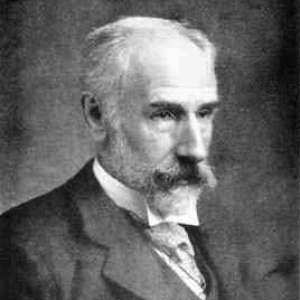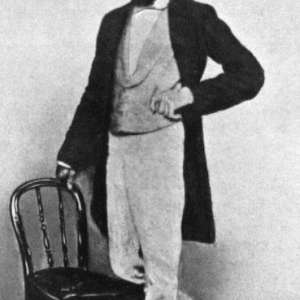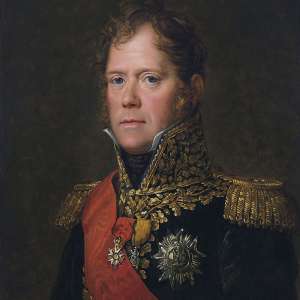
Adam Smith developed a comprehensive and unusual version of moral sentimentalism in his Theory of Moral Sentiments (1759, TMS). He did not expressly lay out a political philosophy in similar detail, but a distinctive set of views on politics can be extrapolated from elements of both TMS and his Wealth of Nations (1776, WN); student notes from his lectures on jurisprudence (1762–1763, LJ) have also helped flesh out his thoughts on governance. A central thread running through his work is an unusually strong commitment to the soundness of the ordinary human being’s judgments, and a concern to fend off attempts, by philosophers and policy-makers, to replace those judgments with the supposedly better “systems” invented by intellectuals. In his “History of Astronomy”, he characterizes philosophy as a discipline that attempts to connect and regularize the data of everyday experience (Smith 1795: 44–7); in TMS, he tries to develop moral theory out of ordinary moral judgments, rather than beginning from a philosophical vantage point above those judgments; and a central polemic of WN is directed against the notion that government officials need to guide the economic decisions of ordinary people. Perhaps taking a cue from David Hume’s skepticism about the capacity of philosophy to replace the judgments of common life, Smith is suspicious of philosophy as conducted from a foundationalist standpoint, outside the modes of thought and practice it examines. Instead, he maps common life from within, correcting it where necessary with its own tools rather than trying either to justify or to criticize it from an external standpoint. He aims indeed to break down the distinction between theoretical and ordinary thought. This intellectual project is not unconnected with his political interest in guaranteeing to ordinary individuals the “natural liberty” to act in accordance with their own judgments.
Smith’s Theory of Moral Sentiments (TMS) tends to arouse sharply divergent reactions among the philosophers who pick it up. Kant is said to have considered it his favorite among Scottish moral sense theories (Fleischacker 1991), but others have dismissed it as devoid of systematic argument, or derivative, in its theoretical aspirations, of Hume. What explains these disparate reactions is one and the same feature of the book: that it consists largely of what Smith himself calls “illustrations” of the workings of the moral sentiments - short vignettes, elegantly described, that attempt to show what frightens us about death, what we find interesting and what dull or distasteful about other people’s love affairs, how moral luck factors into our assessment of various actions (Garrett 2005; Hankins 2016), or how and why we deceive ourselves. To some, this provides the detail and psychological acuity that they find lacking in most moral philosophy; to others, it seems something more properly taken up by novelists or empirical psychologists, not the business of a philosopher. Indeed, one prominent view of TMS is that it is a work in descriptive psychology or sociology, not a contribution to normative moral theory. It is hard to square this reading with the many normative judgments in TMS (see Hanley 2009, chapter 2 and Otteson 2002, chapter 6), and it misses the force of Smith’s insistence that the proper way to make normative judgments is to consider the details of a phenomenon from an impartial perspective. To judge the workings of our moral faculties, then, we need to consider them, and their uses, in appropriate detail. Laying out in detail how they work can help us see how they can be corrupted, and therefore to avoid that corruption, at least to some extent . If this was Smith’s goal—and it fits the text of TMS very well—then he was engaged not in the sociology or psychology but the phenomenology of morals, describing the workings of our modes of moral judgment as carefully as possible from within, and believing that the comprehensive view that results can itself help guide us in moral judgment. Moral phenomenology is normative moral theory, for him, and there is no more foundational theory—no set of general principles—of which we might avail ourselves. Justification for how we make moral judgments can only be found within the way we actually do make moral judgments; both moral justification and moral critique must be immanent to, not transcendent of, our moral practice.
A few implications of this approach. First, Smith is an anti-reductionist. He does not think morality can be reduced to a set of natural or divine laws, nor that it is simply a means for producing “the greatest happiness for the greatest number of people,” in the phrase coined by his teacher, Frances Hutcheson. He indeed says explicitly...










































